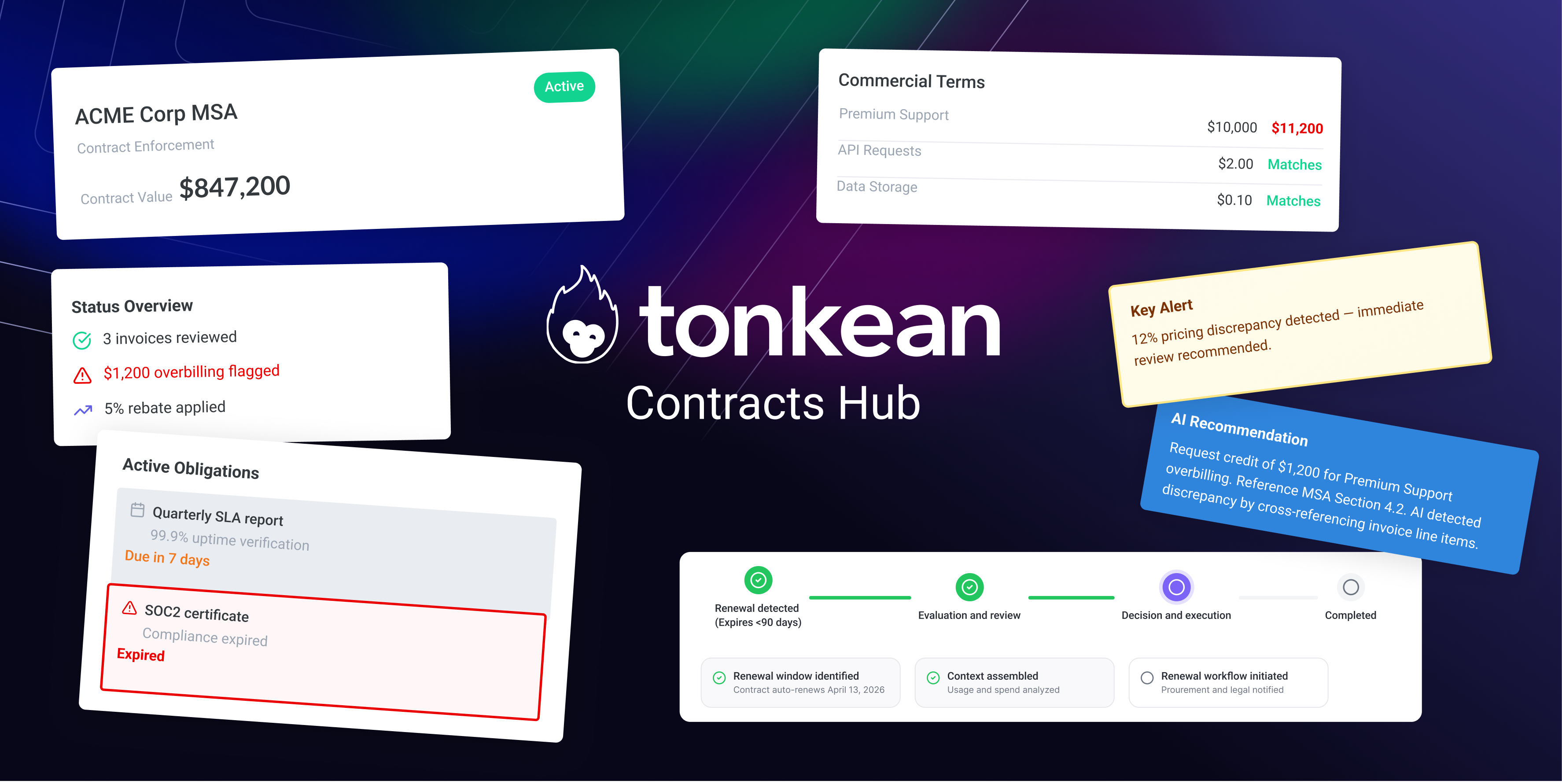
This is a preview of Ops Digest, our monthly newsletter for operations teams. This month, we're talking about solving technology problems in procurement. Subscribe and receive this newsletter in your inbox every month!
There’s a funny thing happening in procurement right now. The number and variety of procurement technology solutions—all promising benefits and innovation across the procurement lifecycle—continues to grow. But procurement’s ability to address the most fundamental challenges of this moment—like getting employees to follow procurement processes, such that you can begin to implement operational improvements that create new business value at scale—has not increased alongside all this technical firepower.
What’s going on?
This month, we spoke with a host of experts, thought leaders, and practitioners across the world of procurement to answer precisely that question. Their responses fell generally into two camps:
1) We’re not approaching technology implementation with a people-first mindset
2) We’re not prioritizing orchestration, which is the art of using our unique mix of people, technology, and data better together.
Organizations have a bad habit of just stacking applications on top of applications. And investing in tech for tech’s sake doesn’t solve anything—and in fact, when poorly integrated and implemented, technology may even create more problems than it solves. Not the least of which is low user adoption.
Too often, we forget that technology is just a set of tools, and it’s people who use those tools.
That means you have to think about humans, and their needs and behaviors and general psychology, when you’re trying to foster digital transformation.
It’s a subtle shift, grounded in philosophy more than programming, but the investments we make in technology can really only be considered effective if they empower people and improve their work lives.
Where does process orchestration technology fit in? It’s a means, above all, of helping internal service teams like procurement deploy processes that do precisely that.
That’s an absolute necessity, in particular at a time when procurement teams are pushing for a seat at the C-suite table.
Check out procurement-insider Joël Collin-Demers’ deep-dive essay about making use of process orchestration technology within procurement below, in our featured story. Below you’ll also find an excellent Modern Business Operations podcast episode with Amanda Prochaska about how to successfully navigate the changes happening in procurement services, and Art of Procurement’s Philip Ideson’s thoughts on creating processes that are actually easy to follow. Finally, Tonkean’s own Adam Boyle presented at a SIG event about how to solve procurement operations problems with tech. It’s all below.
But first: the latest news about the industry.
In this excerpt of a deep-dive essay (sponsored by Tonkean) from Joël Collin-Demers, author of the Pure Procurement newsletter, Collin-Demers offers his take on the potential of Process Orchestration technology to help address procurement’s broader technology implementation issues—and even offers advice for building a business case for it.
In an environment where just ensuring continuity of supply is a challenge, organizations keep asking more of their Procurement teams. Procurement should aim to reduce costs, reduce risk, increase organizational resiliency, stimulate and facilitate innovation, find more sustainable and diverse suppliers, etc. However, Procurement department budgets are not growing in line with these new asks…
In the past decade, Procurement has turned to software to tackle this productivity challenge with mixed results. Solution functionalities have exploded to cover all the scenarios under the sun. However, organizations continue to struggle to meet digital transformation project objectives. Project failure rates consistently hover around 80% in survey after survey of Procurement executives. Why?
Well, the end user, your colleagues in the business, still needs extensive training to adhere to your company processes. They have to bend to the applications instead of the applications catering to their needs. Procurement applications still don’t provide an adequate user experience to produce results.
But what if we are looking at the problem from the wrong angle? Procurement should provide a great user experience across all procurement processes end-to-end. Would this deliver the results we are looking for? This is the promise of Process Orchestration.
Here are some of the remaining salient points:
We think his essay is an excellent resource for anyone in procurement itching to solve their own technology implementation problems. You can read the rest of the essay here, or on the Tonkean blog.
And to learn more about what process orchestration can do for your procurement team, download our updated Procurement Handbook!
On this episode of Modern Business Operations, host Sagi Eliyahu is joined by Amanda Prochaska, Founder and Chief Wonder Officer at Wonder Services, to talk about successfully navigating the changes happening in procurement services today.
Sagi and Amanda discuss:
Here’s a key piece of advice from Amanda Prochaska about remembering who you’re working with:
“At the end of the day, no matter the rank, the title, etc., everyone is just a person at their core. So if you treat people like people, you’re going to go a long way in this world. We tend to forget that in business dealings. They become a supplier instead of a person […] or they become a technology founder instead of just another person […] Particularly In procurement, that can cause adversarial relationships. But if you just understand that’s another person, and treat them like a person, and build a relationship, you can get so much further.”
Here’s everything we did in this month’s Tonkean release notes:
Solution Studio:
Custom Item Interfaces (we added three new widgets!):
We also added Azure Form Recognizer as a data source, and we enhanced others, including Ariba, AWS Textract, Coupa, and Confluence.
Bug fixes:
And all the rest:
Thanks for checking out Ops Digest! To learn more about who Tonkean is or what we do, we have a few different kinds of trials that you can sign up for. They walk users through our most salient solutions, including Legal intake, Purchasing Approval, Invoice Intake, and Email inbox automation. Sign up for one here!

